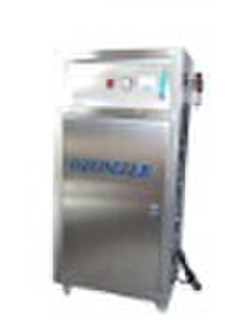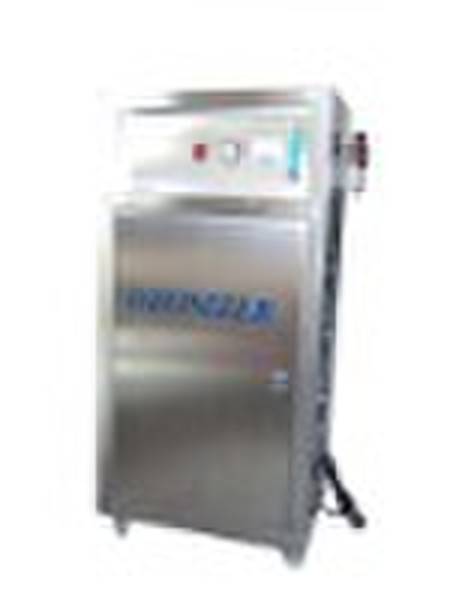Каталог
-
Каталог
- Автомобили и мотоциклы
- Безопасность и защита
- Бизнес
- Бытовая техника
- Бытовая электроника
- Детали машин и услуги по их изготовлению
- Дом и Сад
- Здоровье и медицина
- Игрушки и хобби
- Изделия из металла
- Измерительные и анализирующие приборы и инструменты
- Инструмент
- Красота и личная гигиена
- Мебель
- Мероприятия по охране окружающей среды
- Минералы и металлургия
- Модные аксессуары
- Обувь и аксессуары
- Одежда
- Освещение
- Подарки, сувениры
- Продовольственные товары и напитки
- Промышленное оборудование и техника
- Резина и пластмассы
- Сельское хозяйство
- Специальное оборудование
- Спорт, отдых и досуг
- Сток
- Строительство и недвижимость
- Текстиль и кожа
- Телекоммуникации
- Товары для офиса, учебы. Канцтовары
- Транспорт
- Упаковка и печать
- Химикаты
- Часы, Украшения, Очки
- Чемоданы, сумки
- Электронные компоненты, оборудование, принадлежности
- Электротехническое оборудование и принадлежности
- Энергия
Filters
Search

плавание генератор озона бассейн (JKC)
Яньчэн, Китай
86-515-88231700

Quan Chen
Контактное лицо
Основные данные
| Место происхождения | China |
|---|---|
| Бренд | Hengtai |
| Номер Модели | JKC- |
swimming pool ozone generator This modelozonizer used to sterilize on the swimming pools.we would equip venturewith ozone generator after your water pump for your swimming pool. This series equipments could kill germs, sterilize the water and you do not require to change water frequently. The usage guide of ozone generator for swimming pool as follows: 1. Connectthe venturi injector with the ozone generator according to the installation diagram. 2. Put the plug into the 220V electric supply.3. Turn on the water pump and ozone generator switch. Firstly the water pump supply plenty of waterand go through the venturi . At the same time, the venturi absorb the ozone automatically from ozone generator. 4.The ozone dissolve into the water. 5.At last, the water full of ozone enter into the swimming pool and begin to sterilize. Why Ozone is essential in Swimming Pool? Ozone is 2000 times more effective than chlorine in disinfection. Ozone in water kills bacteria, molds, fungus, spores and viruses. The residual Ozone concentration of 0.03ppm-0.05ppm in the pool for maintaining disinfection level is no harmful to eyes, skin and hair. Ozone eliminates chloramines Ozone won't irritate eyes, dry skin, or fade swim wear Ozone destroys oils, solids, lotions and other contaminants in the water Reduce traditional chemical (chlorine/bromine) use 60%-90% Eliminate red, irritated eyes, dry & itchy skin Eliminate costly replacement of faded swimwear How to choose right ozone for my Swimming Pool? For swimming pools with a water temperature of 25°C or 33 - 35°C an ozone dosage of respectively 0.8 and 1.2 gram per m3 is used. Swimming pools chemical make up, bather load, dirt mildew mold wind contaminates, location, pump run time, temperatures, size, determine ozone generator model. Heated swimming pools require 10 - 15 percent more ozone. Calculate Total Gallons Or Liters Based On Pool Size: Length x Width x Depth x 7.481 = Total Gallons Meters (L) x Meters (W) x Meters (D) = cubic meters x 1000 = Total Liters Cubic Meters to Liters: Cubic Meters x 1000 = Total Liters
Условия оплаты
Аккредитив
Электронный перевод
-
Способы оплаты
Для оплаты товаров и услуг на нашем портале, Вы всегда получаете счет, в котором Вам необходимо самостоятельно указать свои данные.
Мы принимаем к оплате:








